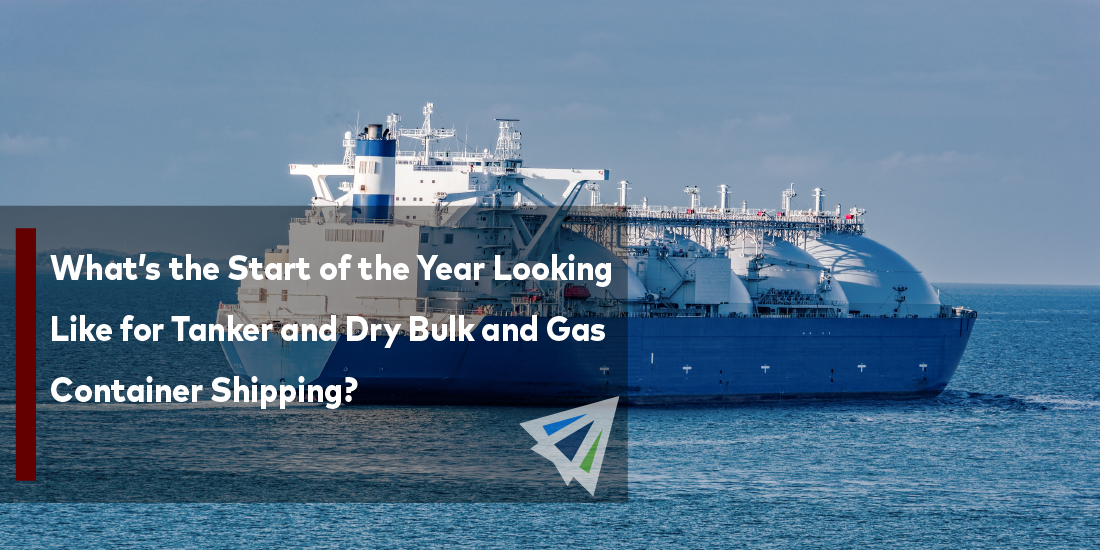The first quarter of the year is typically a quiet period for shipping. However, as demand for trade took a hit, freight rates also fell considerably, causing an overall rough start to 2023 for tanker and dry bulk shipping.
Tanker dry bulk and gas container shipping, two of the three main segments of the global maritime freight market, all experienced a slow start to the year. Container shipments, which make up around 70% of all global seaborne trade, started the year with softening demand.
Dry Bulk
One of the most volatile areas of merchant shipping, Dry Bulk is one of the most vulnerable to economic fluctuations. The BDI has decreased greatly this year due to many factors, one of which being slowed demand from China. Rates are down 41% from the beginning of this year and 87% since its peak in October 2021, giving Capesizes (180,000 DWT) almost no profitable value in current terms.
The dry bulk market is experiencing a sharp decline as rates continue to fall well below the cash break-even point. The BDI currently trades at 740 points and Capesizes are down to $6,100 per day.
Midsized bulker rates were sitting at $9,500 per day, which is less than half of the rate this time last year. Likewise, smaller bulkers were down 63% from this time last year. But despite rates falling, dry bulk stocks are increasing rapidly as the public anticipates a rate rebound, though it’s uncertain if or when that’s expected to happen.
Crude and Product Tankers
Despite the struggles experienced on the dry bulk side of things, the crude and product tanker industry has remained relatively profitable, with rates sitting higher than they were this time last year. But despite the year-over-year changes to rates, they remain low when compared to Q4 of 2022 – a dip seen every year in the first quarter.
To illustrate the disparity in rates between the last and first quarter of the year, spot rates for very large crude carriers were at $38,200 on Monday, which is three times greater than the same time last year (Q1), but nearly two-thirds lower than the $119,600-per-day rate seen in November (Q4) of last year.
As everyone knows, the war happening in Ukraine has greatly affected the crude market, nearly tripling demand for Aframaxes and Suezmaxes. Rates for those tankers have pulled back from previous highs because of sanctions.
LNG and LPG Shipping
Following up on the effect of the war on the shipping market, liquified natural gas was one of the most profitable beneficiaries as rates have skyrocketed in recent months. The spot rates for benchmark tri-fuel diesel engine LNG carriers reached $455,000 per day, and the rates for efficient two-stroke LNG carriers hit $503,000, which is the highest spot-rate for any commercial ship in history. However, TFDE spot rates have decreased all the way down to $68,300 this week.
Despite the decline in shipping activity in dry bulk and oil tanker shipping where few vessels are on order, the order for LNG is incredibly high. Currently, LNG tonnage sits at roughly 50% that of water. Rates are also falling for LPG.
The international ocean shipping market remains volatile and unpredictable. The drop in shipping activity and demand overall has resulted in significant fluctuations of rates year-over-year. While the first quarter of each year is always significantly lower than the Q4 of the preceding year, this year has taken a bigger hit than usual. If you or your team have questions or concerns surrounding the volatility of the market and how the logistics industry is expected to bounce back in the spring and summer of this year, please don’t hesitate to reach out to one of our team members and ask a question! We’d love to help in any way we can.
